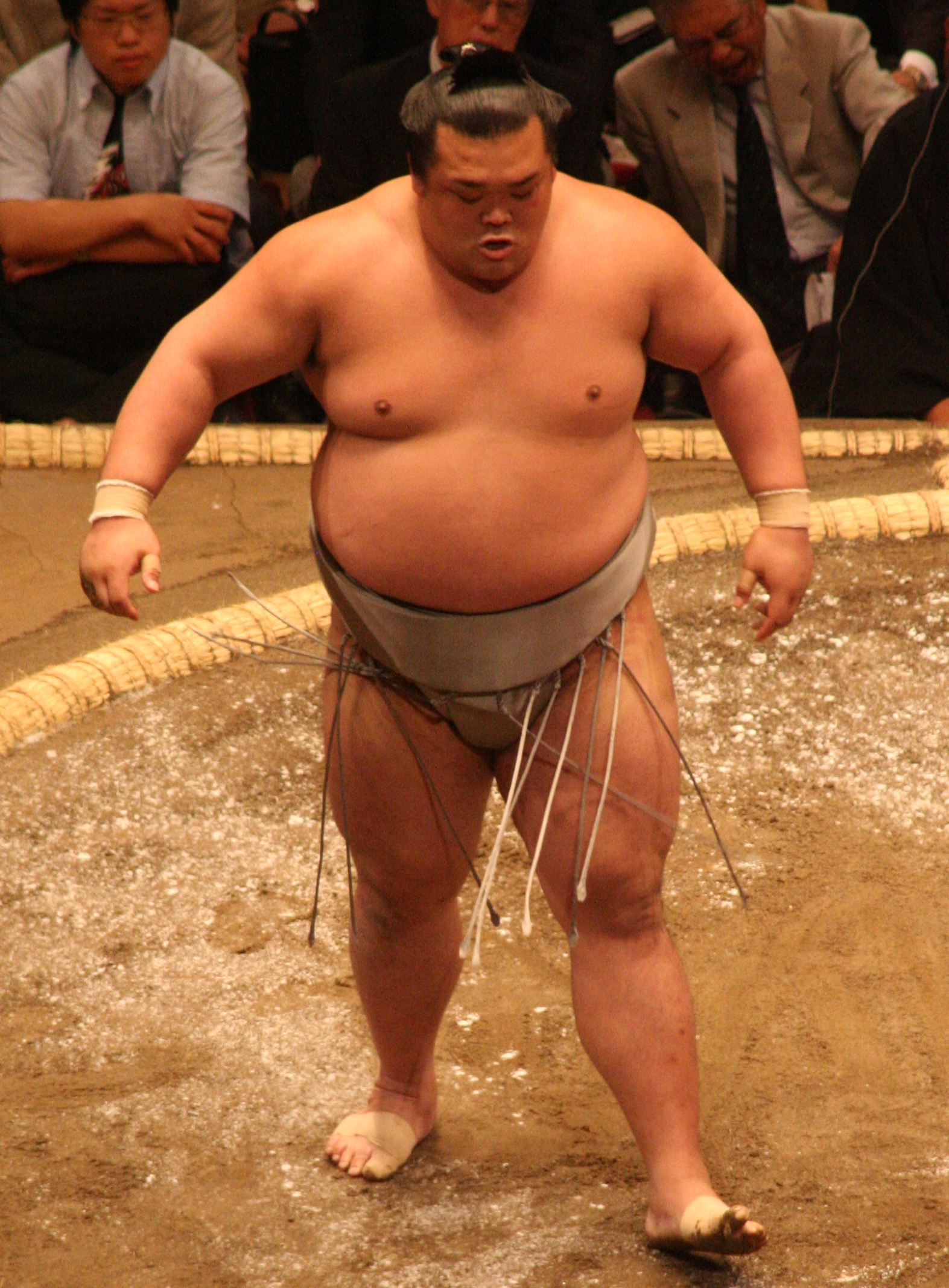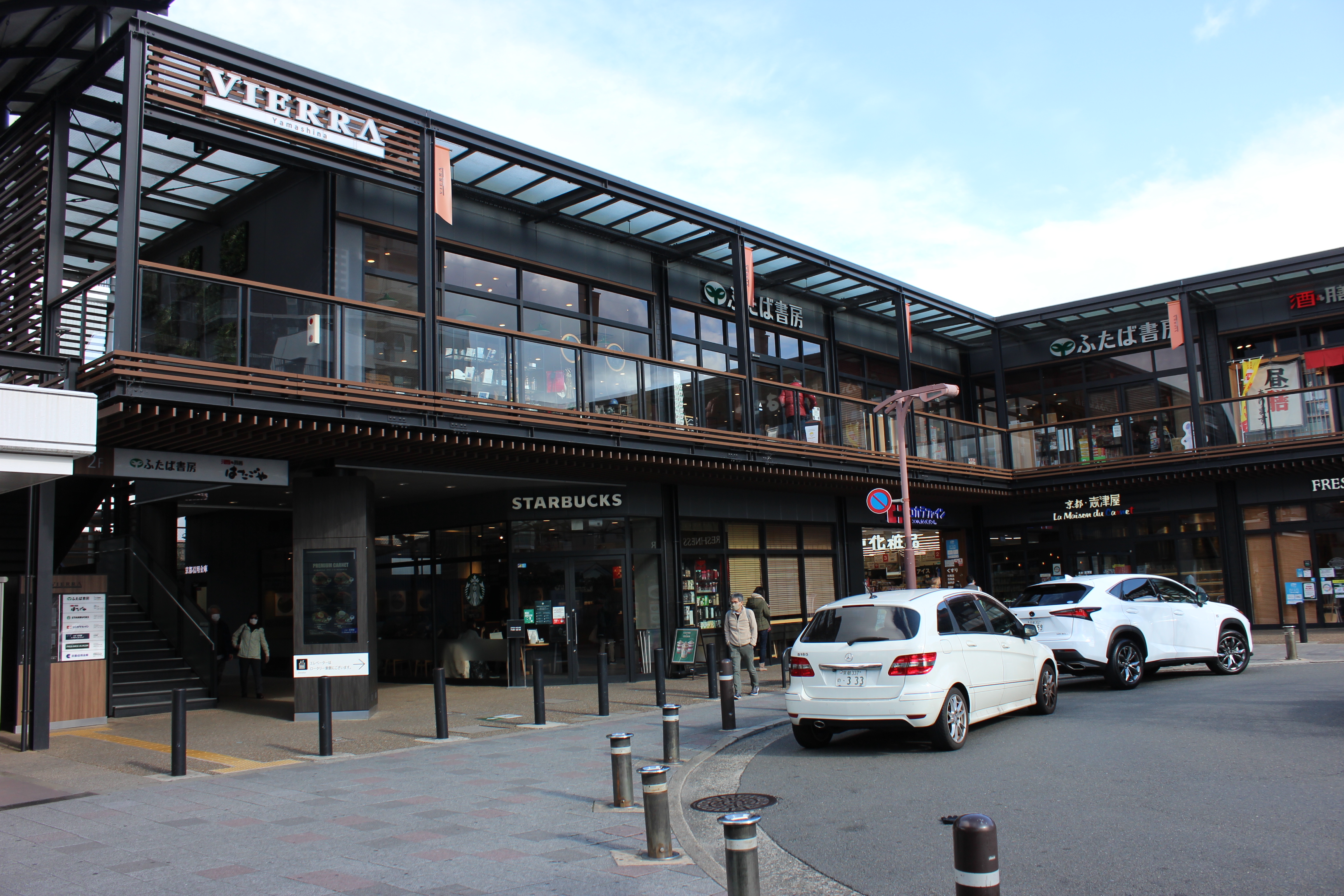|
Yamashina (Hiroshima)
Yamashina may refer to: * Yamashina Botanical Research Institute, Kyoto, Japan * Yamashina Institute for Ornithology * Yamashina Mido, a Buddhist temple in Kyoto, Japan * Yamashina Oyakata, an elder name in sumo currently held by Toyohibiki Ryūta * Yamashina Station, in Kyoto, Japan * Yamashina-ku, Kyoto, a ward in the city * Yamashina-no-miya The (princely house) was the third oldest collateral branch (''ōke'') of the Japanese Imperial Family created from the Fushimi-no-miya, the oldest of the four branches of the imperial dynasty allowed to provide a successor to the Chrysanthemum ... (山階) ''ōke'' (princely house), a branch of the Japanese Imperial Family * (1900–1989), Japanese ornithologist {{disambiguation, geo, surname Japanese-language surnames ... [...More Info...] [...Related Items...] OR: [Wikipedia] [Google] [Baidu] |
Yamashina Botanical Research Institute
The Yamashina Botanical Research Institute (山科植物資料館) is a research botanical garden specializing in medicinal herbs, operated by Nippon Shinyaku and located at Oyakesaka no tsujicho 39, Yamashina-ku, Kyoto, Kyoto, Japan. It is open from Monday through Friday; please write ahead for permission to visit. The institute was established in 1934. Today its garden is 8,000 m² in extent, and consists of one large and two small greenhouses, an arboretum, an herb garden, and a botany school with library and laboratories. It contains more than 3,000 species of medicinal and useful plants, including rare species of orchid, and cultivars of marijuana from around the world. See also * List of botanical gardens in Japan This list of botanical gardens in Japan is intended to include all significant botanical gardens and arboretums in Japan. * Akatsuka Botanical Garden ( Itabashi, Tokyo) * Aloha Garden Tateyama (Tateyama, Chiba) * Amami Islands Botanical Garden (A ... Reference ... [...More Info...] [...Related Items...] OR: [Wikipedia] [Google] [Baidu] |
Yamashina Institute For Ornithology
The is a non-profit scientific research organization in Japan, specializing in ornithology. History The Yamashina Institute for Ornithology was founded by Dr. Yoshimaro Yamashina at his home in Shibuya, Tokyo as a private museum to store his collection of bird specimens and books. Marquis Yamashina was the second son of Prince Yamashina Kikumaro. He opened his museum to the public in 1942. At the Institute, Yamashina conducted research into bird taxonomy based on chromosomes, and wrote numerous technical journal articles and books on ornithology. The Institute relocated to its present location approximately 30 kilometer east of Tokyo at Abiko, Chiba in 1984. The Institute has maintained close ties to the Imperial Family of Japan. It is chaired by Prince Akishino, younger brother to the Crown Prince Naruhito of Japan, and their younger sister Princess Sayako worked as a researcher at the Institute from 1992–2005, where she specialized in the study of kingfishers. Organizati ... [...More Info...] [...Related Items...] OR: [Wikipedia] [Google] [Baidu] |
Yamashina Mido
Yamashina Mido, also known as Yamashina Hongan-ji (山科本願寺), was a Buddhist temple in Kyoto which was used as a fortress by the Ikkō-ikki, an organization of warrior monks and lay zealots who opposed samurai rule. History The temple was founded by Rennyo, abbot of the Jōdo Shinshū sect whose preachings spurred the creation of the Ikkō-ikki. Following the 1465 destruction of the chief Jōdo Shinshū temple, the Hongan-ji in Kyoto, Rennyo spent roughly a decade in the provinces. He returned to Kyoto in 1478; the construction of the Yamashina Mido was completed in 1483, becoming the center of the Jōdo Shinshū sect. Rennyo remained there for over a decade, leaving in 1496 and traveling to the area now known as Osaka, where he would found the Ishiyama Hongan-ji. Over the next several decades, the Yamashina Mido remained the central headquarters of the sect, even as the Ishiyama Hongan-ji and the city of Osaka grew in size and prominence. In the 1530s, the Ikkō-ikki bega ... [...More Info...] [...Related Items...] OR: [Wikipedia] [Google] [Baidu] |
Toyohibiki Ryūta
is a former Japanese professional sumo wrestler from Toyoura, Yamaguchi. He turned professional in 2005, reaching the top ''makuuchi'' division in July 2007. He has earned two special prizes for Fighting Spirit, and one gold star for a ''yokozuna'' upset. His highest rank was ''maegashira'' 2. He was from Sakaigawa stable, which had four other wrestlers with top division experience for much of the time he was in ''makuuchi'': Myōgiryū, Sadanofuji, Sadanoumi and Gōeidō, the last of whom joined at the same time as him. He had one of the most tournaments ranked in ''makuuchi'' without reaching ever ''san'yaku.'' His ring name roughly translates as "abundant echo". He retired in June 2021 to become a coach and elder of the Japan Sumo Association under the name of Yamashina Oyakata. Early life and sumo background Kadomoto became interested in sumo in his second year of primary school when he joined an area boys' sports club; also in the club was the future sumo star Hō ... [...More Info...] [...Related Items...] OR: [Wikipedia] [Google] [Baidu] |
Yamashina Station
is a train station in Yamashina-ku ward, city of Kyoto, Kyoto Prefecture, Japan. The station has two separated sections: underground subway section and above-ground JR section. In addition, on the Keishin Line of Keihan Electric Railway is located just in front of the JR station. This article also covers the Keihan station. Lines * ** Tōkaidō Line (Biwako Line) ** Kosei Line * ** (Station Number: T07) * Keihan Electric Railway (Keihan Yamashina Station) ** Keishin Line Layout Yamashina Station (JR West) The JR station has two island platforms with four tracks. *This station is an intermediate station on the "Biwako Line", but only the Tokaido Line for Maibara is informed as that common name, and the line for Kyoto and Osaka is as the "JR Kyoto Line". There are trains of the Biwako Line and the Kosei Line between this station and Kyoto. Yamashina Station (Kyoto Subway Tozai Line) The subway station has an island platform with two tracks. Keihan Ya ... [...More Info...] [...Related Items...] OR: [Wikipedia] [Google] [Baidu] |
Yamashina-ku, Kyoto
is one of the eleven Wards of Kyoto, wards in the Municipalities of Japan, city of Kyoto, Kyoto, Kyoto, in Kyoto Prefecture, Japan. It lies in the southeastern part of the city, and Yamashina Station is one stop away from Kyoto Station on the Tōkaidō Main Line (Biwako Line). The area of Yamashina-ku is 28.70 km². the population of Yamashina-ku was 134,253. Historically, Yamashina was an important point for traffic connecting Kyoto and east part of Japan. In the Edo period, it flourished as a post town along the Tōkaidō (road), Tōkaidō road. In modern times, Yamashina has become a bed town for those commuting to urban areas of Kyoto and Osaka. Demographics Economy Ohsho Food Service, the operator of Gyoza no Ohsho, is headquartered in the ward. Education *Kyoto Pharmaceutical University *Kyoto Tachibana University Sightseeing spots Yamashina-ku is the location of the tomb of Emperor Tenji, the oldest Imperial tomb in Kyoto. The grave of Sakanoue no Tamuramaro i ... [...More Info...] [...Related Items...] OR: [Wikipedia] [Google] [Baidu] |
Yamashina-no-miya
The (princely house) was the third oldest collateral branch (''ōke'') of the Japanese Imperial Family created from the Fushimi-no-miya, the oldest of the four branches of the imperial dynasty allowed to provide a successor to the Chrysanthemum throne should the main imperial line fail to produce an heir. The Yamashina-no-miya house was formed in 1871 by Prince Akira, eldest son of Prince Fushimi Kuniye, an adopted son of Emperor Kōkaku and later of Emperor Kōmei and an advisor to Emperor Meiji in the new Meiji government. On October 14, 1947, Prince Yamashina Takehiko lost his imperial status and became an ordinary citizen, as part of the American Occupation's abolition of the collateral branches of the Japanese Imperial family. On his death without heirs in 1987, the main line of the Yamashina-no-miya became extinct. The Yamashina name was carried on by Prince Yamashina Takehito's younger brother, Marquis Yoshimaro Yamashina, the noted ornithologist. The Yamashina-no-mi ... [...More Info...] [...Related Items...] OR: [Wikipedia] [Google] [Baidu] |
Yoshimaro Yamashina
Marquis was a Japanese ornithologist. He was the founder of the Yamashina Institute for Ornithology. Biography Yamashina was born in Kōjimachi, Tokyo, the second son of Prince Kikumaro Yamashina and Princess Noriko (Kujo) Yamashina. Through his mother, a half-sister of the Crown Princess Sadako, he was the nephew of the then Crown Prince Yoshihito, the future Taishō Emperor. He developed a love of birds at an early age, which were found in abundance on the vast Yamashina estate in Tokyo. He was presented with a stuffed mandarin duck for his sixth birthday present. Yamashina attended the Gakushuin Peer's School, and per the orders of Emperor Meiji entered the Imperial Japanese Army, graduating from the 33rd class of the Imperial Japanese Army Academy with a specialty in artillery. In 1920, per a revision in the Imperial Household Law, he lost his status as an imperial prince, and became a member of the ''kazoku'' with the peerage title of marquis (''kōshaku'') on 20 July ... [...More Info...] [...Related Items...] OR: [Wikipedia] [Google] [Baidu] |

